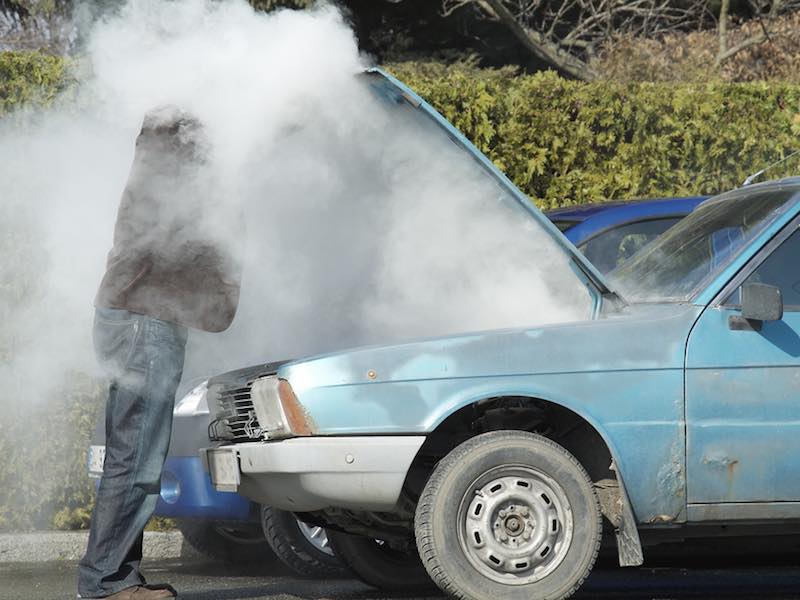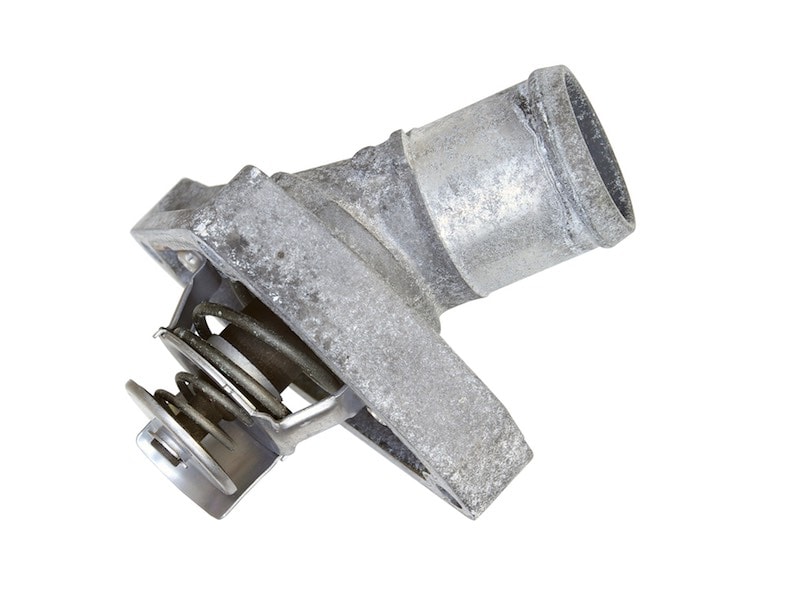Recent Articles
Popular Makes
Body Types
How to Change a Thermostat

overheating car
The thermostat is a device that opens and closes to allow coolant to flow through the radiator and regulate the temperature of the engine. Knowing how to change a thermostat and what signs show that it needs replacing could keep you from getting stranded on the side of the road. If the thermostat fails open, you will notice that the engine will take a long time to warm up and probably won't get to operating temperature, potentially resulting in lower fuel economy and less heat in the winter. If the thermostat fails closed, you will notice that the engine will run hot or start to overheat. Normally, it's best to replace the thermostat with one of the same value as stock, as it is calibrated with the fans and engine management system to maximize power and fuel economy and lower emissions. When purchasing a replacement thermostat, it's also a good idea to check to see if there is a gasket included or if you need to purchase one separately.
Before you change a car thermostat, ensure that the engine is cold. The thermostat housing is often located near the top radiator hose; however, on some cars it is in the bottom hose. If you are unable to find the thermostat, consult your owner's manual or consult with the manufacturer. Depending on the design, you may need to drain some of the antifreeze out of the system so that you don't get coolant everywhere. The thermostat housing normally has a couple of bolts that can be removed to get access to the thermostat itself. Be careful when removing the housing, as this can be a weak point on some cars. With the housing removed, note the orientation of the old thermostat and remove it and any gasket material. Insert the new thermostat and any gaskets in the same orientation as the old ones, and then slowly bolt down the thermostat housing, alternating from one bolt to another, being careful not to over-tighten.
Once everything has been reassembled, verify the coolant level and then start the car and check for leaks. If there are any leaks around the thermostat, you may need to tighten the housing down more or the gasket may not be positioned properly. Take the vehicle for a drive and allow it to get to operating temperature so that you can verify that the thermostat is operating correctly.
